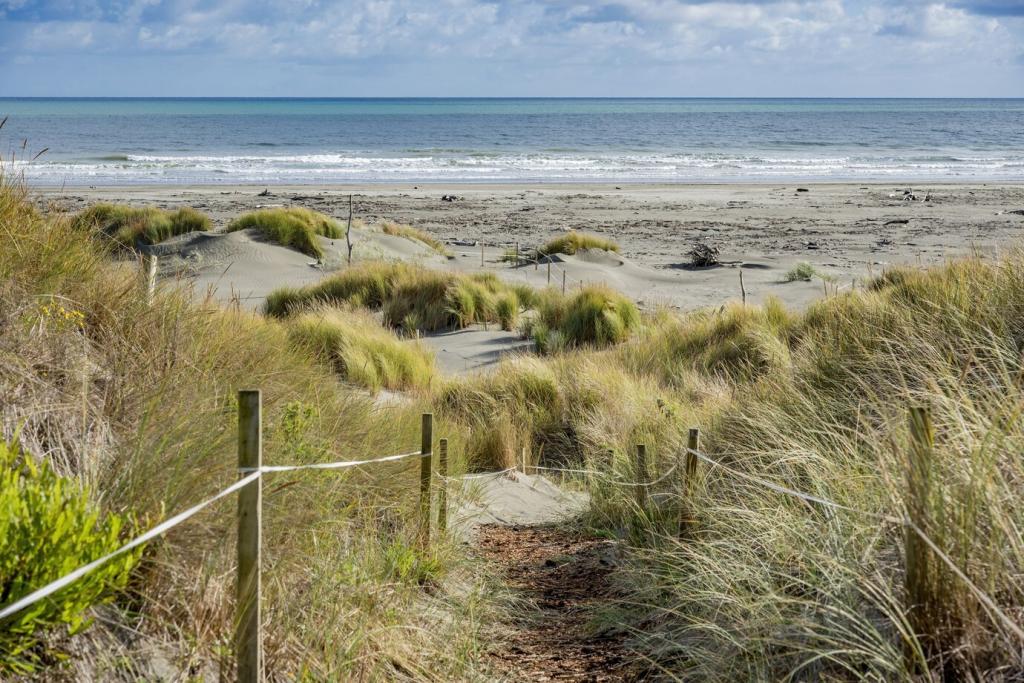Foundations of Residential Renewable Energy
Designing for self-generation is about more than kilowatt-hours; it is about resilience, comfort, and values. With thoughtful system sizing and smart controls, homes ride through outages gracefully and cut bills without sacrificing convenience or aesthetics.
Foundations of Residential Renewable Energy
Great renewable systems start with the building envelope. Insulation, airtightness, and right-sized equipment reduce demand, letting smaller solar arrays and batteries do more. Think of the house as a finely tuned ecosystem, not isolated gadgets.
Foundations of Residential Renewable Energy
Whether you prioritize net-zero energy, backup power, or carbon reduction, clarity at the start guides every choice. Share your priorities—comment with your top goal—and we will tailor future guides to match your needs.







